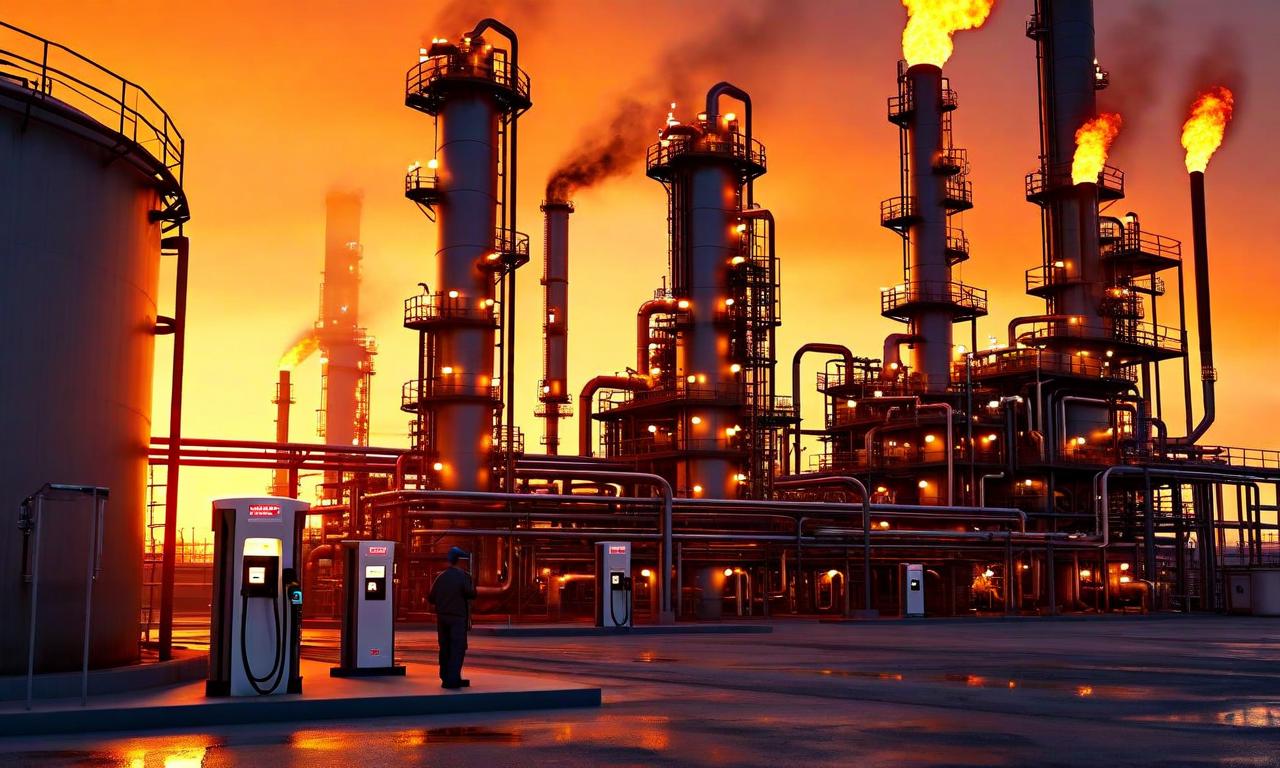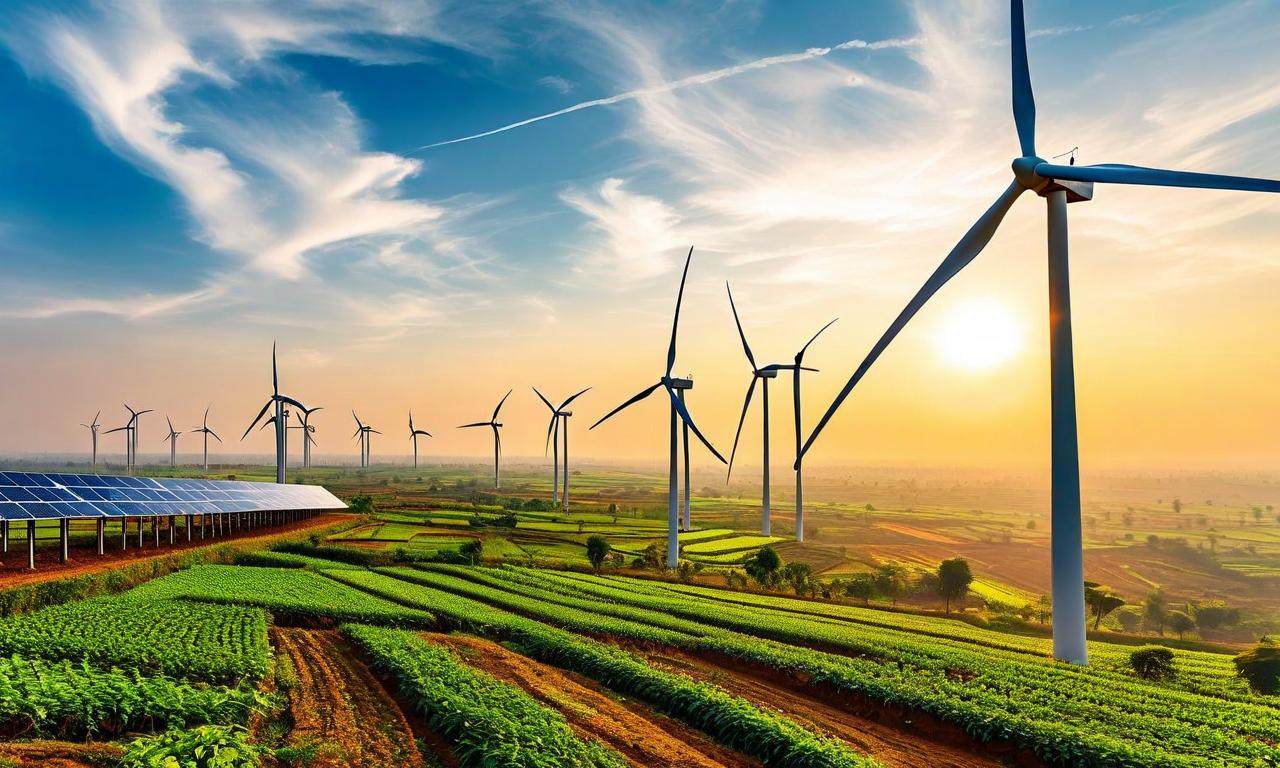IEA Revives Bullish Oil Demand Scenario, Projecting 13% Growth by 2050
The International Energy Agency (IEA) reintroduced its Current Policies Scenario (CPS) after five years, projecting a 13% increase in global oil consumption to 113 million barrels per day by 2050. This scenario contradicts previous expectations of declining fossil fuel usage. It suggests slower electric vehicle adoption, oil prices reaching $90 per barrel by 2035, and a need for 25 million barrels per day of new oil projects. The CPS outlook could lead to global temperatures rising almost 3°C above pre-industrial levels by 2100, significantly overshooting climate agreement targets. This projection aligns more closely with OPEC's outlook, indicating a more conservative view on energy transition pace.

*this image is generated using AI for illustrative purposes only.
The International Energy Agency (IEA) has reintroduced its Current Policies Scenario (CPS) after a five-year hiatus, presenting a bullish outlook for global oil consumption. This scenario projects a significant increase in oil demand, contradicting previous expectations of declining fossil fuel usage.
Key Projections
- Global oil consumption could rise by 13% to 113 million barrels per day by 2050
- Electric vehicle (EV) adoption is expected to slow, with market share plateauing after 2035
- Oil prices could reach $90.00 per barrel by 2035
- Approximately 25 million barrels per day of new oil projects may be required
Scenario Comparison
| Scenario | Oil Demand Peak | Temperature Rise by 2100 |
|---|---|---|
| Current Policies | No peak projected | Almost 3°C above pre-industrial levels |
| Stated Policies | Around 2030 | 2.5°C above pre-industrial levels |
Impact on Climate Goals
The CPS scenario paints a concerning picture for climate change mitigation efforts. If realized, this projection would result in global temperatures rising to almost 3°C above pre-industrial levels by the end of the century. This outcome significantly overshoots the targets set by international climate agreements.
Shift in IEA's Stance
This new outlook represents a notable shift from the IEA's previous position on oil investment compatibility with climate goals. The CPS aligns more closely with projections from the Organization of the Petroleum Exporting Countries (OPEC), suggesting a more conservative view on the pace of energy transition.
Factors Influencing Future Oil Demand
IEA Executive Director Fatih Birol highlighted the electrification of the transport sector as a critical factor in determining future oil demand. The rate of EV adoption and the broader transition to electric transportation will play a crucial role in shaping global oil consumption patterns.
Alternative Scenario
While the CPS presents a bullish case for oil demand, the IEA maintains an alternative Stated Policies Scenario. This scenario suggests that oil demand could peak around 2030, offering a more optimistic outlook for climate change mitigation efforts.
The reintroduction of the Current Policies Scenario by the IEA provides valuable insights into potential future energy landscapes. However, it also underscores the challenges in balancing energy demand with climate change mitigation efforts. As global leaders and policymakers navigate these complex issues, the role of renewable energy sources and the pace of the energy transition will remain critical topics of discussion in the coming years.




























